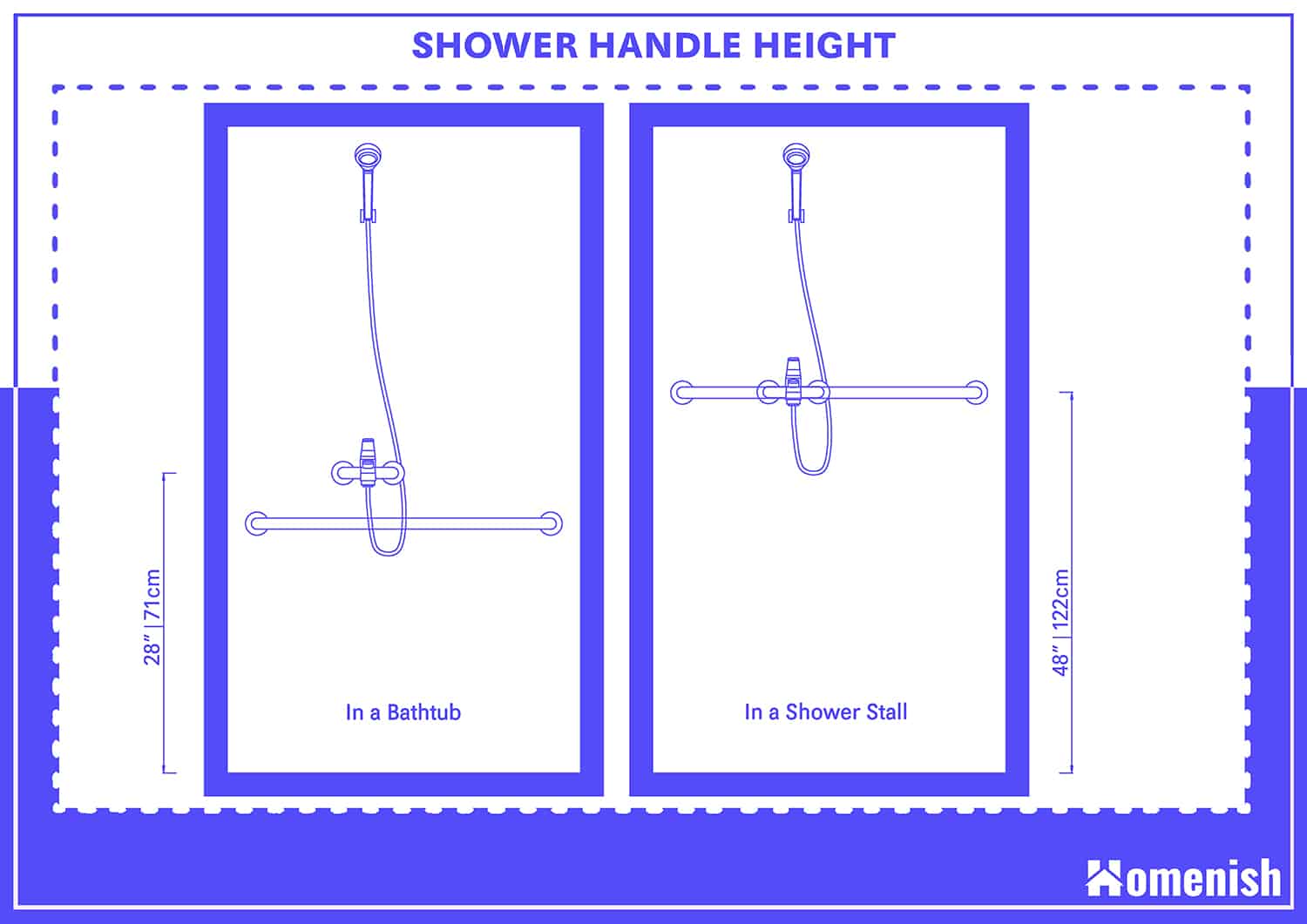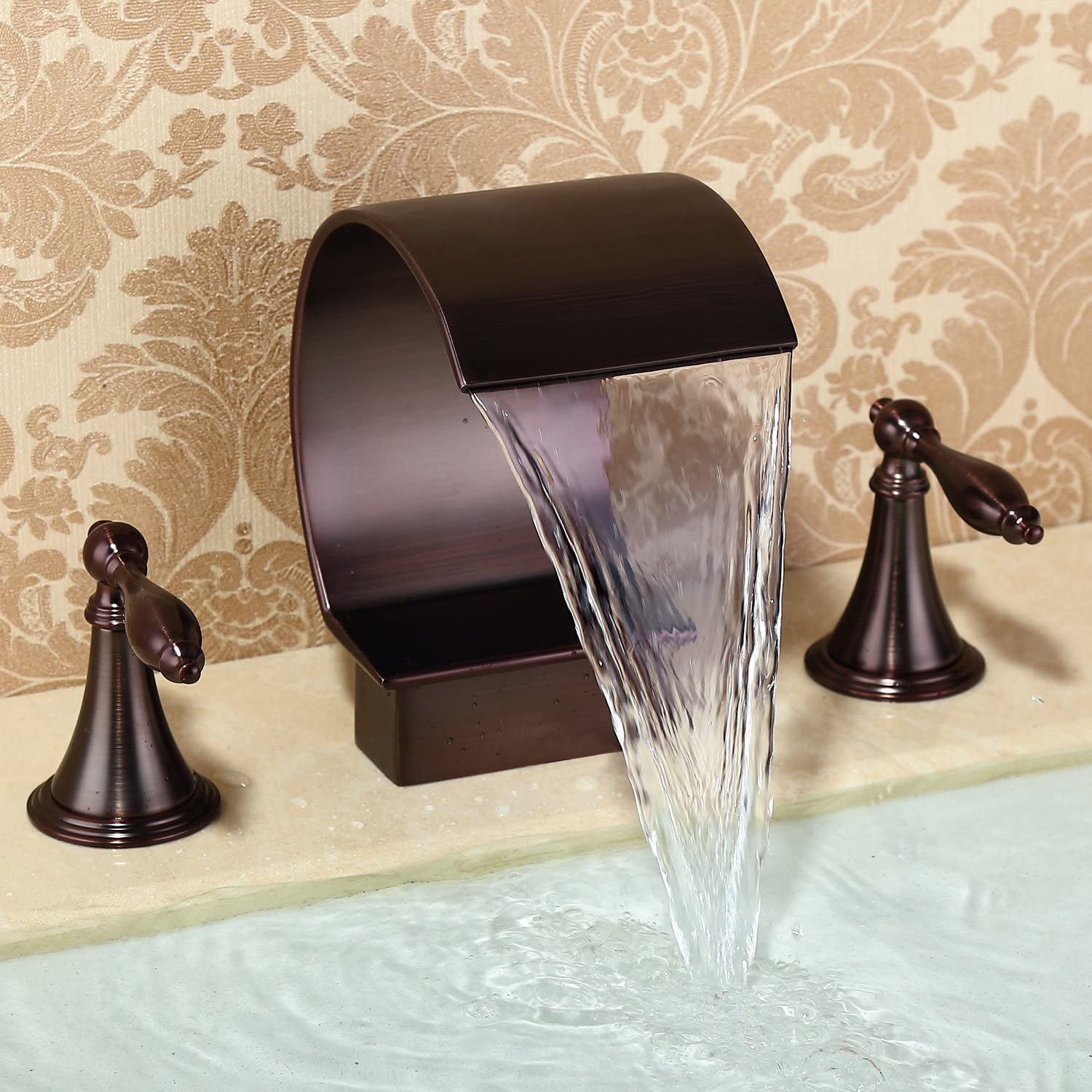Understanding High Arc Bathroom Faucets
High arc bathroom faucets, with their elegant curves and extended spouts, have become increasingly popular in modern bathroom designs. They offer a unique blend of style and functionality, enhancing both the aesthetic appeal and practicality of your bathroom.
Design Features
High arc bathroom faucets are characterized by their tall, curved spouts that extend significantly above the sink basin. This distinctive design element sets them apart from traditional faucets with shorter, more straight spouts. The height and curve of the spout are crucial aspects of their functionality, influencing water flow and user experience.
Advantages of High Arc Faucets
High arc bathroom faucets offer several advantages that contribute to their popularity:
- Improved Clearance: The extended spout provides ample clearance for large items, such as pots and pans, making it easier to fill them without splashing. This feature is particularly useful in bathrooms with limited counter space.
- Enhanced Ease of Use: The high arc design allows for a wider range of motion, making it easier to wash hands, brush teeth, and perform other bathroom tasks. The curved spout also helps to direct the water flow more efficiently, reducing splashing and improving overall comfort.
- Aesthetic Appeal: High arc faucets are often considered more stylish and modern than traditional faucets. Their sleek curves and extended spouts add a touch of elegance and sophistication to any bathroom.
Potential Drawbacks of High Arc Faucets
While high arc bathroom faucets offer many advantages, they also come with some potential drawbacks:
- Increased Splashing: The extended spout can lead to increased splashing, especially if the water pressure is high or if the faucet is not properly installed. This can create a mess and make the bathroom floor slippery.
- Potential for Damage: The tall, curved spout of a high arc faucet can be more susceptible to damage than a shorter, straighter spout. A hard impact or a heavy object falling on the spout could bend or break it.
- Limited Sink Compatibility: High arc faucets may not be compatible with all sink designs. The spout may not have enough clearance or may interfere with other fixtures, such as soap dispensers or towel bars.
Factors Influencing Splashing

While high-arc faucets offer an elegant design, they can be prone to splashing, disrupting the serenity of your bathroom. Understanding the factors that contribute to splashing is crucial for minimizing it and enjoying a peaceful showering experience.
Several factors influence the splashing of water from high-arc bathroom faucets. These factors interact in complex ways, and understanding their individual contributions can help you make informed choices when selecting a faucet or modifying its settings.
Water Pressure, Do high arc bathroom faucets splash
Water pressure significantly impacts splashing. High water pressure forces water out of the faucet with greater force, leading to more significant splashing.
High pressure increases the velocity of water exiting the faucet, resulting in larger droplets that are more likely to splash.
For example, a faucet with a flow rate of 2.5 gallons per minute (GPM) at 60 pounds per square inch (PSI) will have a higher velocity than the same faucet at 40 PSI, leading to more splashing.
Faucet Aerator Type and Design
The faucet aerator plays a crucial role in minimizing splashing. Aerators mix air with water, creating a softer, more uniform flow.
Different aerator types and designs have varying effectiveness in reducing splashing.
- Standard aerators, often found in basic faucets, may not effectively minimize splashing, especially at higher water pressures.
- Newer aerators with specialized designs, such as those incorporating multiple small holes or a swirling water pattern, are more efficient in reducing splashing.
- Foam aerators produce a smooth, foamy flow, effectively minimizing splashing.
Minimizing Splashing: Do High Arc Bathroom Faucets Splash

The graceful arc of a high-arc bathroom faucet, while visually appealing, can sometimes lead to unwanted splashing. But fear not, for there are effective strategies to tame the water’s wild dance and create a more serene bathroom experience.
Understanding Faucet Aerators
Faucet aerators, those small, often overlooked components at the faucet’s spout, play a crucial role in minimizing splashing. These ingenious devices blend air into the water stream, transforming it into a softer, more controlled flow.
- Aerators are available in various designs, each offering unique advantages.
- A well-chosen aerator can significantly reduce splashing, enhance water efficiency, and even create a luxurious shower-like experience.
Types of Faucet Aerators
A wide array of aerator designs exists, each tailored to specific needs and preferences. Let’s delve into the most common types and their unique characteristics:
| Aerator Type | Features | Effectiveness |
|---|---|---|
| Standard Aerator | Simple design, mixes air and water for a smooth flow. | Moderate splash reduction, good water efficiency. |
| Laminar Aerator | Creates a smooth, ribbon-like water stream, minimizing splashing. | Excellent splash reduction, high water efficiency. |
| Neoperl Cascade Aerator | Produces a wide, sheet-like water stream, reducing splashing and providing a luxurious feel. | Excellent splash reduction, high water efficiency, creates a spa-like experience. |
| Rotating Aerator | Features a rotating nozzle that allows for different spray patterns, including a gentle shower-like flow. | Good splash reduction, water efficiency varies depending on the chosen spray pattern. |
Practical Tips for Minimizing Splashing
Beyond the aerator, several practical strategies can help you minimize splashing from your high-arc bathroom faucet.
- Adjust the Water Pressure: High water pressure can exacerbate splashing. Consider lowering the pressure by adjusting the main water valve.
- Clean the Aerator: A clogged aerator can disrupt the water flow and lead to splashing. Regularly clean your aerator by removing it and soaking it in vinegar or a mild cleaning solution.
- Choose the Right Faucet Design: Some high-arc faucet designs are inherently more prone to splashing than others. Look for faucets with a wider spout or a slightly angled design to minimize the splash zone.
Alternative Faucet Designs

While high arc faucets offer a stylish and functional solution, they aren’t the only option. Exploring alternative faucet designs can reveal other possibilities that might better suit your needs and preferences.
Comparison of Faucet Designs
Understanding the differences between high arc, low arc, and waterfall faucets can help you choose the best option for your bathroom.
- High Arc Faucets: These faucets boast a tall, curved spout, providing ample clearance for washing hands and filling large containers. However, their height can increase the risk of splashing, especially with forceful water flow.
- Low Arc Faucets: These faucets feature a shorter, more compact spout, often with a more pronounced curve. They offer a lower profile, minimizing splashing but potentially limiting the space available for washing hands and filling tall containers.
- Waterfall Faucets: These faucets feature a wide, flat spout that creates a cascading waterfall effect. They are visually striking and often considered to be more relaxing. Waterfall faucets typically have a lower flow rate than other designs, which can minimize splashing. However, their wide spout may still cause some splashing, depending on the design and water pressure.
Functionality and Splashing Potential
Each faucet design has its own unique strengths and weaknesses in terms of functionality and splashing.
- High Arc Faucets: While offering ample clearance, their height can increase the risk of splashing, especially with forceful water flow.
- Low Arc Faucets: Their compact size and lower profile minimize splashing, but they may limit the space available for washing hands and filling tall containers.
- Waterfall Faucets: The wide, flat spout of a waterfall faucet can minimize splashing due to its lower flow rate. However, their design can still lead to some splashing, especially if the water pressure is high.
Splashing Potential of Different Faucet Designs
| Faucet Design | Functionality | Splashing Potential |
|---|---|---|
| High Arc | Ample clearance, ideal for filling tall containers | High, especially with forceful water flow |
| Low Arc | Compact size, minimizes splashing | Low, but may limit space for washing hands and filling tall containers |
| Waterfall | Visually appealing, lower flow rate | Moderate, depending on design and water pressure |
Installation and Maintenance
The installation and maintenance of high-arc bathroom faucets play a crucial role in minimizing splashing and ensuring long-term functionality. Proper installation techniques and regular maintenance practices can significantly enhance the user experience and extend the lifespan of your faucet.
Installation Process
Installing a high-arc bathroom faucet requires careful planning and execution to ensure proper function and minimize splashing. The process typically involves the following steps:
- Turn Off the Water Supply: Before starting any installation work, it is essential to shut off the water supply to the faucet. This can usually be done by turning the valves located under the sink or on the main water line.
- Remove the Old Faucet: Carefully remove the old faucet, taking note of the connections and any existing components that may need to be reused. This step often involves loosening nuts and removing the faucet body from the sink.
- Install the New Faucet Base: The new faucet base should be attached securely to the sink using appropriate mounting hardware. This may involve tightening screws or using a sealant to ensure a watertight seal.
- Connect the Water Lines: Connect the water lines to the new faucet, ensuring that the hot and cold lines are properly identified and connected to the correct supply valves. Use thread sealant tape or pipe dope to prevent leaks.
- Install the Spout: Attach the faucet spout to the base, ensuring it is securely fastened and aligned correctly. This step may require tightening nuts or bolts.
- Test for Leaks: After completing the installation, turn the water supply back on and check for leaks at all connections. If any leaks are detected, tighten the connections or reapply sealant as needed.
- Adjust the Aerator: The aerator, located at the end of the spout, mixes water with air to create a smooth, even flow. Adjust the aerator to achieve the desired water pressure and minimize splashing.
Faucet Maintenance
Regular maintenance is essential for keeping your high-arc bathroom faucet functioning properly and minimizing splashing. This includes:
- Cleaning: Regularly clean the faucet using a mild soap and water solution. Avoid harsh chemicals or abrasive cleaners that can damage the finish. Pay particular attention to the aerator, which can become clogged with mineral deposits.
- Aerator Replacement: Over time, the aerator can become clogged with mineral deposits, reducing water flow and increasing splashing. Replacing the aerator is a simple maintenance task that can significantly improve faucet performance.
Troubleshooting Splashing Issues
If your high-arc bathroom faucet is splashing, there are several steps you can take to troubleshoot and resolve the issue:
- Check the Water Pressure: Excessive water pressure can contribute to splashing. If your water pressure is too high, you may need to install a pressure regulator to reduce it.
- Inspect the Aerator: A clogged or damaged aerator can cause splashing. Clean or replace the aerator as needed.
- Adjust the Faucet Spout: The angle of the faucet spout can affect splashing. Experiment with different angles to find the optimal position that minimizes splashing.
- Consider a Different Faucet Design: If you continue to experience splashing issues, you may want to consider a different faucet design, such as a low-arc or waterfall faucet, which are generally less prone to splashing.
